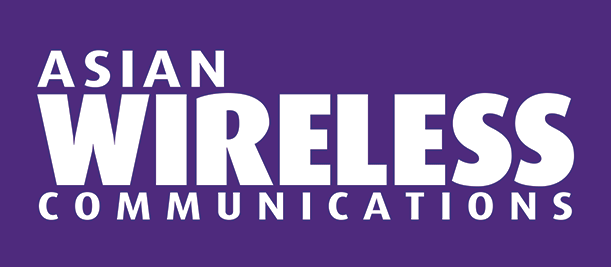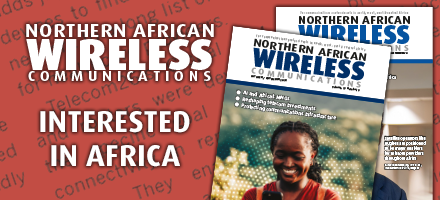22 July 2025

Gregory Gundelfinger, CEO, Telna
Mobile network operators (MNOs) in Southeast Asia have significant opportunities as mobile usage continues to grow rapidly. According to Ericsson, data traffic per smartphone user in the region is expected to reach 42GB per month by 2029, representing an increase of 147% from 2023.
This growth is primarily driven by the availability of more affordable 5G devices, promotional plans, discounts, and large data bundles. Additionally, the share of 5G mobile subscriptions is projected to rise to 43% of all mobile subscriptions in the region by the end of 2029, up from 20% in 2023.
Read the full article17 July 2025

Hamza Hameed, Senior Practice Manager for Space & Connectivity, Access Partnership
In the last decade, Asia has seen an unprecedented rise in internet adoption, driven by rapid urbanisation, economic growth, and the reduced cost of access to connectivity.
However, despite these advancements and the development of a large amount of new connectivity infrastructure, a significant portion of the population remains unconnected, particularly in remote and rural areas. Asia is home to over 4.6 billion people, and according to recent estimates, only around 2.7 billion people in Asia are connected to the internet, leaving nearly 2 billion still offline. Most of these people reside in areas which are underserved or unserved by terrestrial connectivity infrastructure, for reasons of being too remote, rural, or uneconomical.
Read the full article
02 July 2025

Warren Aw, Chief Commercial Officer at Epsilon
As digital transformation accelerates across the Asia-Pacific, service providers are facing increasing pressure to deliver high-capacity, low-latency connectivity that can support cloud, AI and real-time applications. Enterprises are demanding faster, more reliable access to data and services, and legacy network infrastructure is struggling to keep up with the rapid rate of growth.
Spending on AI across the APAC region is expected to reach $175 billion by 2028, according to IDC. Mission-critical use cases – from real-time financial trading, large-scale data transfer and cloud access, to network expansion, application orchestration and content delivery – are driving unprecedented demand for ultra-fast connectivity. Data demands are continuing to surge alongside this growth, and there is a huge opportunity for APAC service providers to adapt and future-proof their connectivity to stay competitive.
Read the full article17 June 2025

Tristan Wood,
founder of Livewire Digital
Whilst for most people, having an internet connection was once one of life’s luxuries, today it’s a non-negotiable essential requirement. Yet, as Tristan Wood, founder of Livewire Digital says, millions of people remain unconnected, and unless the telecom industry acts fast, that number will only climb.
Terrestrial networks have taken us far. Copper, fibre, GSM 3G, 4G, and now 5G services have transformed global communications. But despite their transformative role, they were never going to be ubiquitous on their own. Vast tracts of our planet, from deserts, forests and oceans, remain off-grid. Even in localities closer to mainland UK, where you might expect coverage, such as the Isle of Sheppey, Papa Stour and Rathlin Island, still live with no readily available means of accessing the web or other data services. And even in those areas where infrastructure is well developed and integral to daily work, service outages and not-spots reveal just how fragile terrestrial systems can be. It takes only one downed mast, a blown or flooded power transformer, or simply an overloaded network, and entire communities can be plunged into digital darkness.
Read the full article






